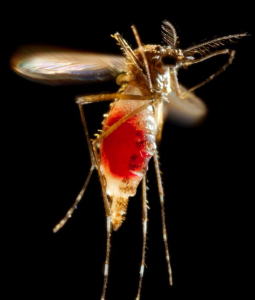Philippines health officials have reported an increase in dengue fever cases year-to-date in 2018, according to latest Department of Health (DOH)-Epidemiology Bureau data.

From the beginning of the year through mid- November, health officials say there were 179,540 dengue fever cases nationally, a 33 percent increase compared to the 135,166 cases reported during the same period in 2017.
In addition, the death toll in 2018 is higher than in 2017–907 vs 710 dengue related deaths, respectively.
Philippines: Measles cases up dramatically in 2018
Central Luzon, the National Capital Region (NCR) and CALABARZON recorded the most cases by Region.
Philippines: Manila Leptospirosis outbreak update with Dr. Ted Herbosa
Dengue fever is an infectious disease carried by mosquitoes and caused by any of four related dengue viruses. This disease used to be called “break-bone fever” because it sometimes causes severe joint and muscle pain that feels like bones are breaking.
People get the dengue virus from the bite of an infected Aedes mosquito. It is not contagious from person to person.
There are three types of dengue fever in order of less severe to most: the typical uncomplicated dengue fever, dengue hemorrhagic fever (DHS) and dengue shock syndrome (DSS).
Ayoko sa Lamok: Filipino youth’s battle against dengue fever
Capillaria philippinensis: First described in the 1960s in the Northern Philippines


One thought on “Philippines report increase in dengue in 2018”